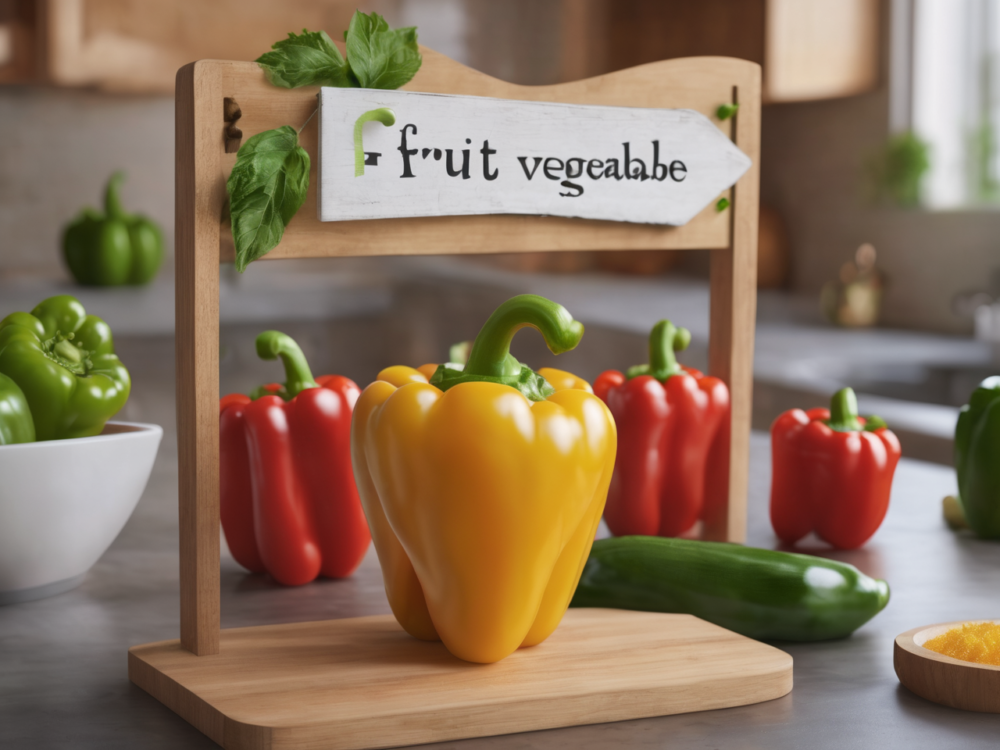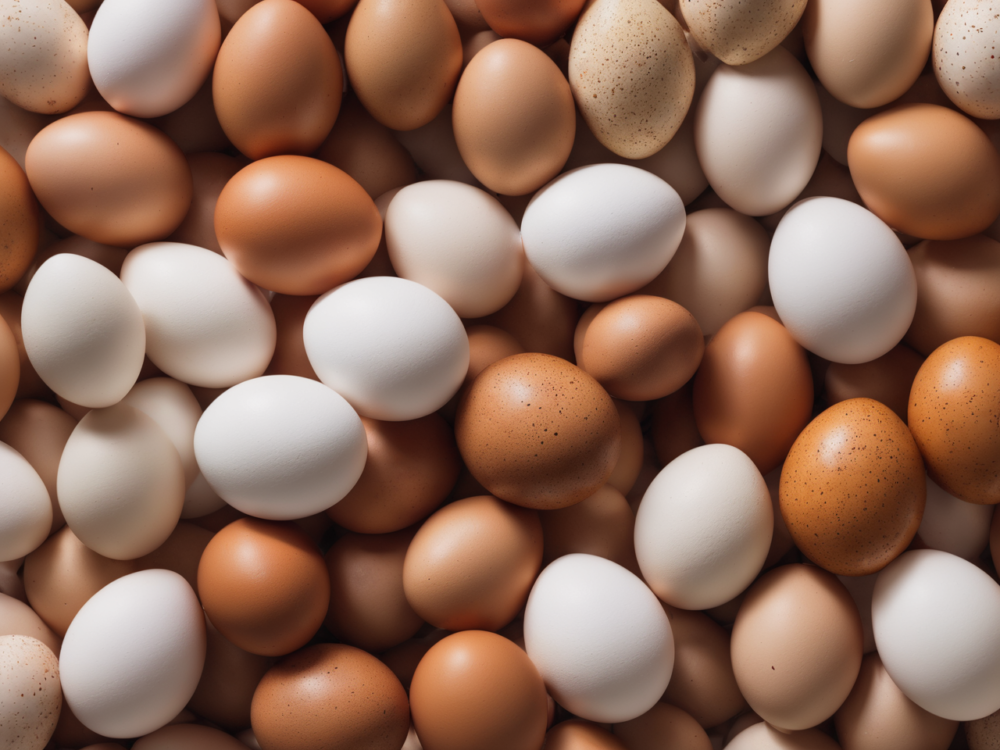The debate over whether Capsicum should be classified as a fruit or a vegetable is a familiar culinary mystery. Capsicum, which comes in various sizes and shapes, ranging from small cherry peppers to bell peppers and banana peppers, adds complexity to this classification puzzle. To understand whether Capsicum is a fruit or a vegetable, let’s explore various factors:
Cultural and Linguistic Factors
In many cultures, the distinction between fruits and vegetables is not as clear-cut as it is in botanical terms. For example, some cuisines consider tomatoes as fruits and use them in sweet dishes like fruit salads and desserts. Additionally, in everyday language, the term “vegetable” is often informally used to refer to any edible plant part that doesn’t taste sweet or dessert-like, encompassing a wide range of foods, from leafy greens to root vegetables.
The Botanical Perspective (Capsicum as a Fruit)
From a botanical perspective, Capsicum, like tomatoes and eggplants, is undeniably a fruit. Botanically, fruits are the mature ovaries of flowering plants, typically containing seeds. Capsicum develops from the flower of the Capsicum plant and contains seeds within it. When you examine the anatomy of a Capsicum, it becomes clear that it fits the botanical definition of a fruit. When you cut it open, you’ll find seeds surrounded by fleshy tissue, known as the pericarp, which is a characteristic of fruits. In Capsicum, the pericarp plays a crucial botanical role by protecting and nourishing the seeds, facilitating their dispersal when the pepper is consumed, and the seeds are eventually released.
The Role of Capsicum in Plant Reproduction
From a botanical perspective, the classification of Capsicum as a fruit emphasizes its role in plant reproduction and propagation. Capsicum plants produce fruits to protect and disperse their seeds, ensuring the survival and propagation of the plant species in the natural world.
When viewed from a botanical standpoint, Capsicum is undoubtedly a fruit due to the presence of seeds enclosed within a fleshy pericarp. This classification aligns with the principles of plant reproduction and propagation, highlighting the vital role of Capsicum in ensuring the survival and dispersal of its seeds in the natural environment. However, in everyday culinary language and cultural contexts, Capsicum may be referred to as a vegetable, reflecting the diversity of perspectives on this culinary mystery.





